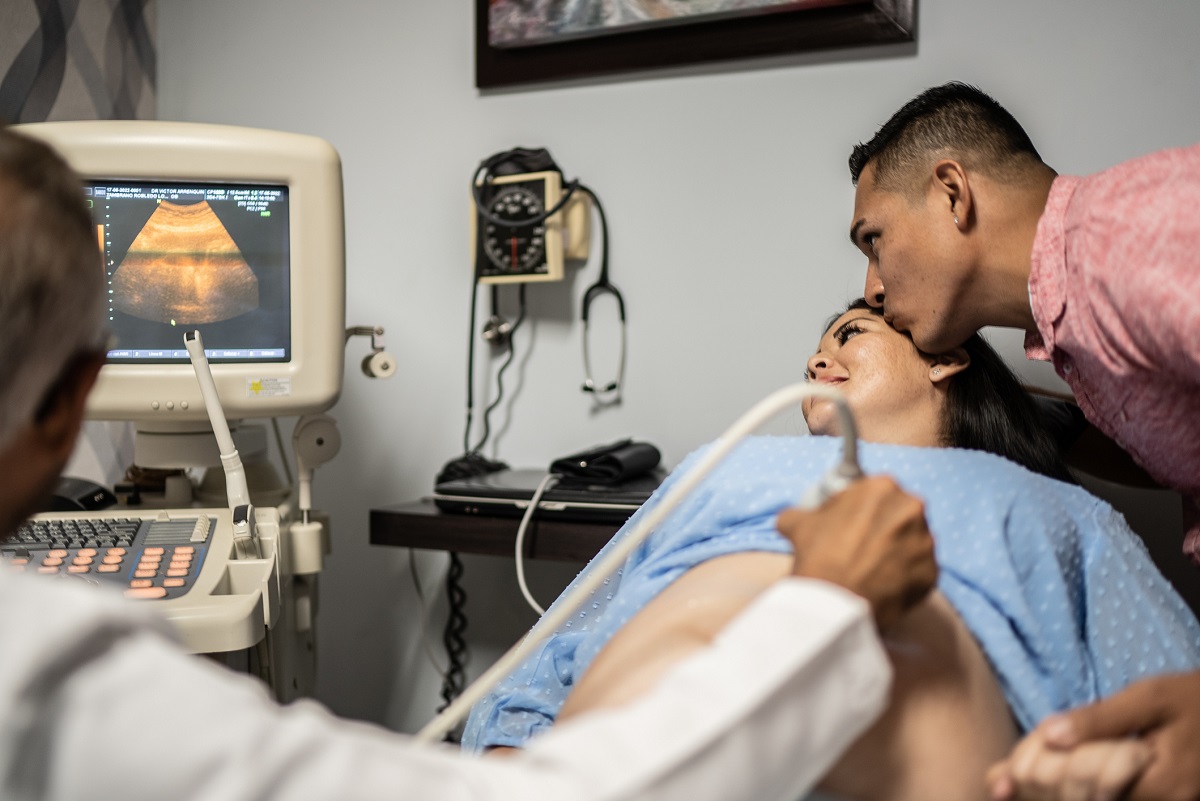Why do we recommend an anatomy scan and what happens afterwards?
An anatomy ultrasound or “20-week scan” is a routine ultrasound recommended during pregnancy. The purpose of the ultrasound is to examine the developing baby's anatomy and check for potential abnormalities. The ultrasound technician (person performing the ultrasound) will examine your baby's head, brain, face, spine, heart, lungs, stomach, kidneys, arms, legs, and other organs. They also measure your baby’s head, belly, arms, and legs to be sure your baby is growing well. The ultrasound is also important for looking at the amniotic fluid surrounding your baby, the location of the placenta, and the placement of the umbilical cord.
Before you come in for your ultrasound it is recommended you drink 16-20z of water. This will help the technician see the baby more easily. During the scan, you will be asked to lie down on an exam table and a special gel will be applied to your abdomen. A handheld device called a transducer will be moved gently over your belly to capture images of your baby. The ultrasound takes around 30-60 minutes, depending on the baby's position and the clarity of the images. Ultrasounds are considered safe in pregnancy, with no known harm to mothers or their babies.
If no abnormalities are detected, then no further ultrasound imaging is needed. The results will be reviewed with your provider at your next prenatal appointment. Additional ultrasounds may be needed if you have pre-existing medical conditions, a history of medical problems in previous pregnancies, or if other conditions are diagnosed later in your pregnancy like gestational diabetes or high blood pressure.
Oftentimes women are asked to come back for further ultrasounds due to an inability to see all the baby’s anatomy. The heart and spine are two parts that are especially challenging to see and often require follow up. This does not mean that anything abnormal was seen, just that something was not completely seen. This is most often due to the baby’s position.
Sometimes abnormalities will be seen either with the baby’s anatomy, the fluid, the umbilical cord, or the placenta. The follow up will depend on what the issue is. If something abnormal is seen during your ultrasound, a provider will speak with you the same day to review the results and discuss an individualized plan for you and your baby.


